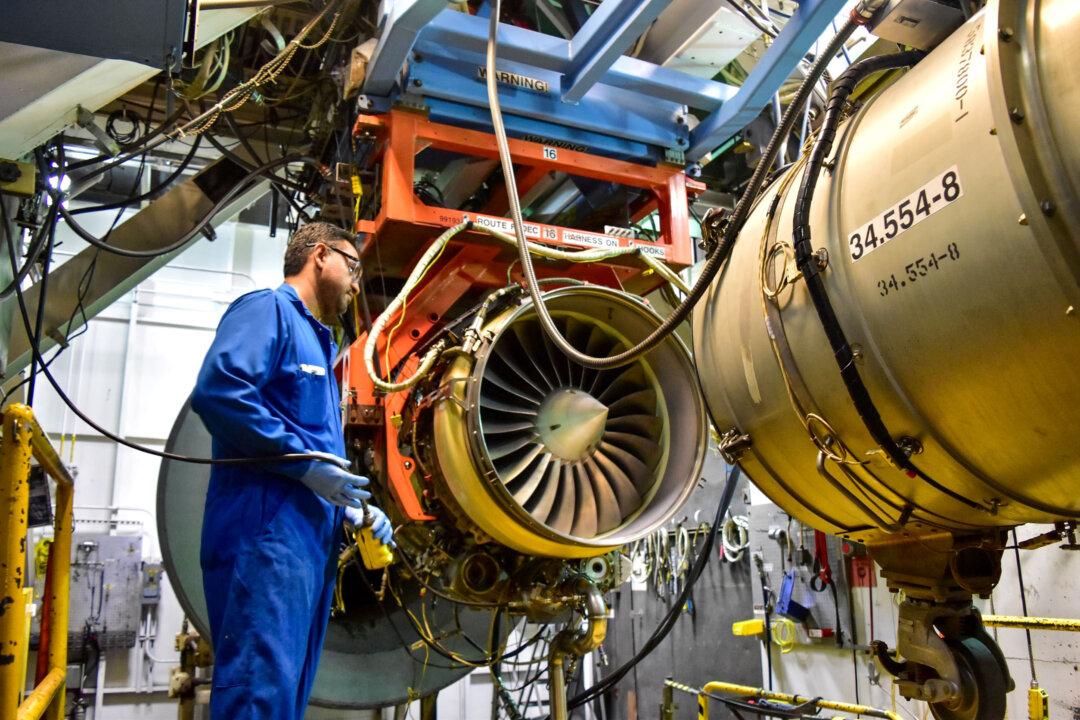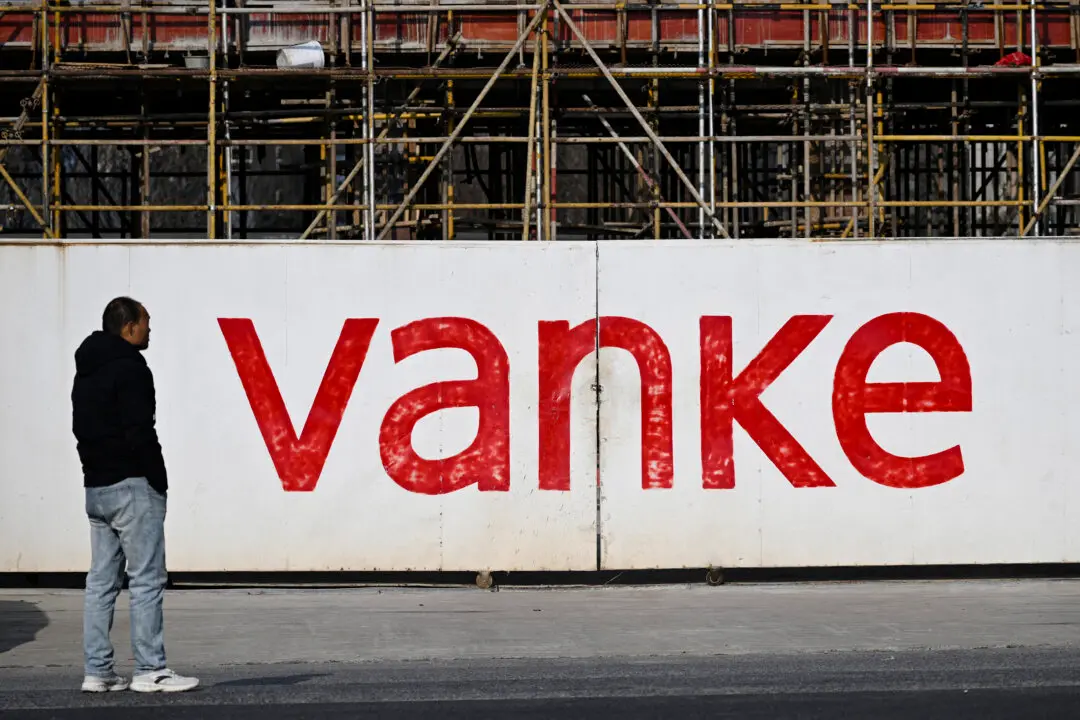Honeywell, one of the few remaining industrial conglomerates, is splitting into three separate companies, a victory for activist investors who have recently called for it. However, its shares dropped on disappointing earnings guidance.
“The formation of three independent, industry-leading companies builds on the powerful foundation we have created, positioning each to pursue tailored growth strategies and unlock significant value for shareholders and customers,” Vimal Kapur, chairman and CEO of Honeywell, said.
“Our simplification of Honeywell has rapidly advanced over the past year, and we will continue to shape our portfolio to create further shareholder value.”
Kapur pointed to Honeywell’s rich pipeline of strategic bolt-on acquisition targets and plans to continue deploying capital to enhance each business further ahead of the split and prepare them to become leading, independent public companies.
“Building on decades of innovation as its heritage, Honeywell Automation will create the buildings and industrial infrastructure of the future, leveraging process technology, software, and AI-enabled, autonomous solutions to drive the next generation of productivity, sustainability, and safety for our customers,” Kapur said.
“As a standalone company with a simplified operating structure and enhanced focus, Honeywell Automation will be better able to capitalize on the global megatrends underpinning its business, from energy security and sustainability to digitalization and artificial intelligence.”
Honeywell’s decision to split itself into three publicly traded companies is a big victory for activist investor Elliott Investment Management Inc., which sent a letter to Honeywell’s board of directors in November 2024 arguing that its conglomerate structure is unsuitable for the new competitive landscape and calling for a split into separate companies.
“The recent push by activist investor Elliot Management seems to have spurred the announcement also to spin off its high-margin aerospace division, Honeywell’s largest revenue generator,” Joseph J. Raetzer, founding lawyer at Raetzer, told The Epoch Times via email.
“This should allow for the new focused venture to capitalize on the airline industry’s new jet shortage as well as the growing need to service an aging fleet.”
Breaking up conglomerates has been trending in recent years as activist investors seek to boost shareholder value by spinning off divisions to separate companies, focusing on core competencies, or dividing companies into separate entities.
“Each of the three new publicly listed companies should benefit by being able to independently freely tap capital markets, focus on organic growth, and adapt to changes in their respective industries,” Raetzer said.
That isn’t the case today, as Honeywell’s shares traded sharply lower on Wall Street, weighing heavily on the Dow Jones.
Sidharth Ramsinghaney, director of strategy and operations at Twilio, said he sees Honeywell’s three-way split as representing a strategically timed transformation that recognizes the distinct technological trajectories of its core businesses.
“This is not merely a financial engineering exercise but a response to fundamentally different business needs across aerospace, automation, and materials,” Ramsinghaney told The Epoch Times via email.
“The separation acknowledges the diverging priorities between aerospace’s focus on supply-chain recovery and electrification versus automation’s emphasis on digital transformation and AI integration. This technological divergence makes the conglomerate structure less optimal for each business’s growth path.”
Alex Lubyansky, managing partner at Acquisition Stars, provided further insight into the industrial giant’s splitting process.
“The conglomerate model that once defined American corporate dominance is being dismantled piece by piece, leaving behind leaner, more specialized entities. Investors love it,” he said. “Operators tolerate it. Employees? Well, they get to ride the rollercoaster of restructuring, realignment, and a whole new set of company email addresses.”
Lubyansky said he thinks the move by the company’s board was inevitable.
“Elliott Investment Management’s $5 billion stake put Honeywell in the crosshairs for a breakup, and once an activist investor gets involved, the clock starts ticking,” he said.
“The aerospace and automation divisions will now have to prove they can thrive independently, without the cushion of a diversified parent company. The irony? The same forces that once built these industrial powerhouses—scale, integration, and market dominance—are now why they’re being dismantled.”
Lubyansky said he sees this as a familiar cycle, following the General Electric and Alcoa splits playbook.
“The promise is always the same: agility, clarity, and ‘unlocking value for shareholders,’” he said. “But the real test comes later—when these newly independent companies either soar or sink under the weight of their complexity. Either way, the days of the old-school industrial conglomerate are officially numbered.”







